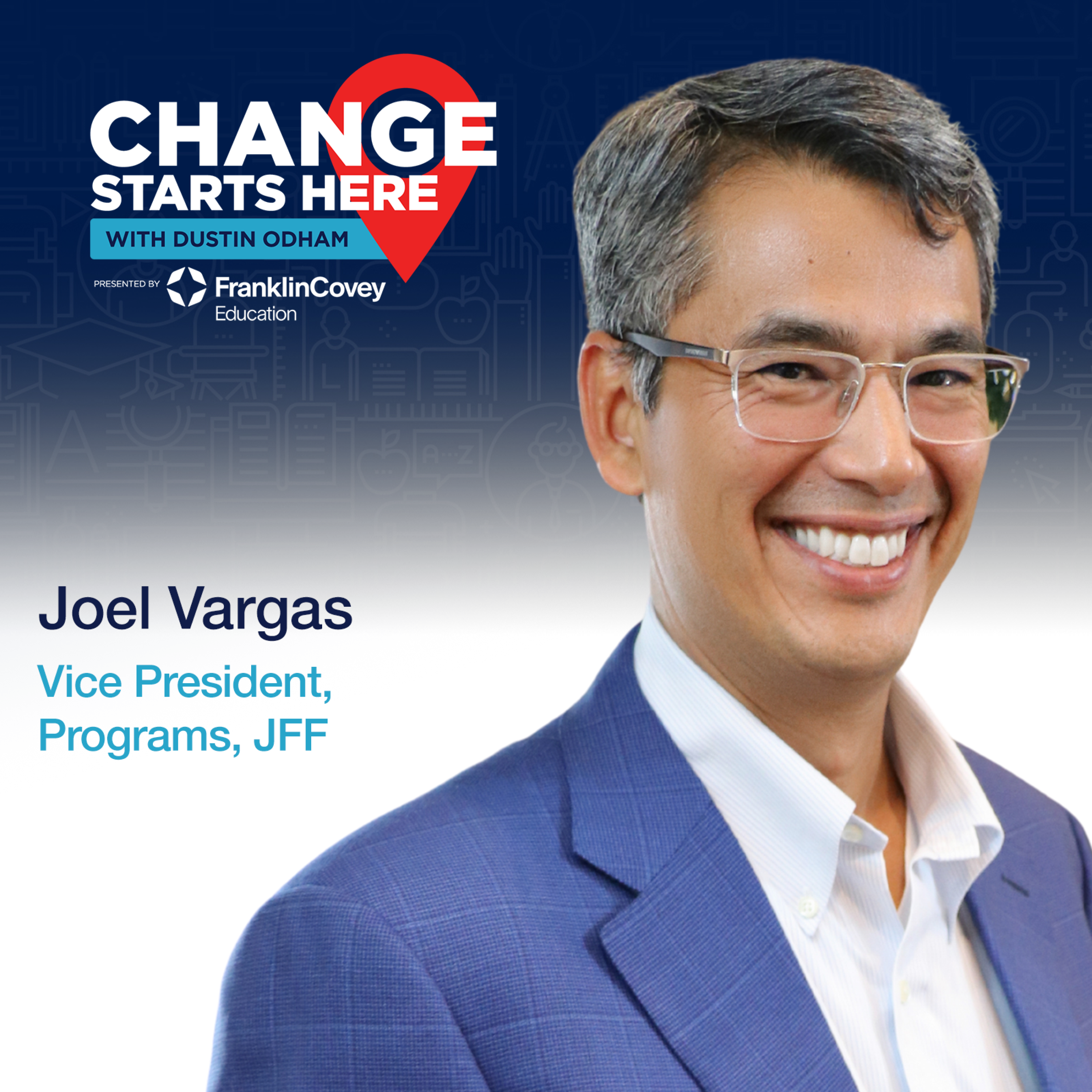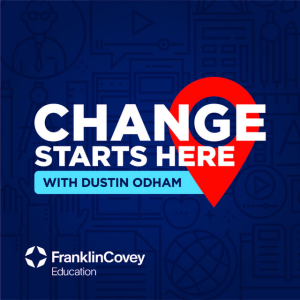
Joel Vargas - Blurring the Line Between High School and College
 2022-05-24
2022-05-24
The report aligns with the mission of JFF, founded in 1983, to create a system that benefits all students and prepares them for work in a realistic way. “The work over that time has always focused on the mission of creating and scaling up solutions that can really transform our education and workforce systems so that it achieves economic advancement for all equitably,” said Vargas.
After working within the system, he went to graduate school to study “the problem of the American high school and its lack of connection to what comes next”, especially for lower income youth or first-generation college students. Ultimately, Vargas’ work led to the research leading to the publication of The Big Blur: An Argument for Erasing the Boundaries Between High School, College, and Careers – and Creating One New System That Works for Everyone.
“Jobs of the Future, a national non-profit focused on education in the workforce, released a report that argues for a radical restructuring of education for grades 11-14. It advocates for a new kind of educational institution that is neither high school nor college starting after the 2nd year of high school. These institutions would combine coursework from the last two years of high school with more specific education and training of community college to train students for future careers,” said Odham.
But are these programs scalable? Are they practical? To answer, Vargas spoke to a program that the organization was operating when he began working there. The Early College/High School Initiative allows students to earn an associate degree by the time they graduated high school. It’s one potential version of the new American high school.
To learn if they are scalable, we need to “not be afraid to try some things out and learn real fast from them including what you are doing wrong” Vargas explained. The Early College/High School Initiative was a great example of this. The original design was in charter schools and future-forward school districts serving two to four hundred students where it was wildly successful.
However, it was not the same case when taken into larger schools with fewer resources. In fact, there were very mixed results that resulted in some very hard lessons learned. This included beginning to understand the harm programs such as these could cause if the right support network was not in place.
Listen in to enjoy a lively discussion unpacking the research while getting a glimpse at what the future of American secondary education might look like someday.
More Episodes
 2022-05-31
2022-05-31
 2022-05-10
2022-05-10
 2022-05-03
2022-05-03
 2022-04-19
2022-04-19
 2022-04-12
2022-04-12
 2022-04-05
2022-04-05
 2022-03-29
2022-03-29
 2022-03-01
2022-03-01
 2022-02-22
2022-02-22
 2022-02-15
2022-02-15
 2022-01-25
2022-01-25
 2022-01-18
2022-01-18
Create your
podcast in
minutes
- Full-featured podcast site
- Unlimited storage and bandwidth
- Comprehensive podcast stats
- Distribute to Apple Podcasts, Spotify, and more
- Make money with your podcast
It is Free
- Privacy Policy
- Cookie Policy
- Terms of Use
- Consent Preferences
- Copyright © 2015-2024 Podbean.com





